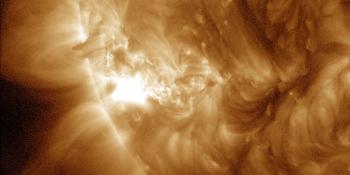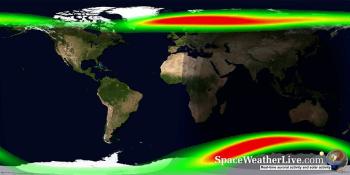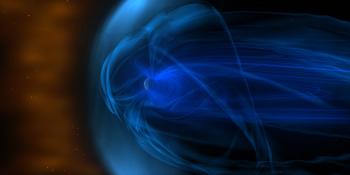G3 geomagnetic storm watch
poniedziałek, 29 lipca 2024 16:12 UTC
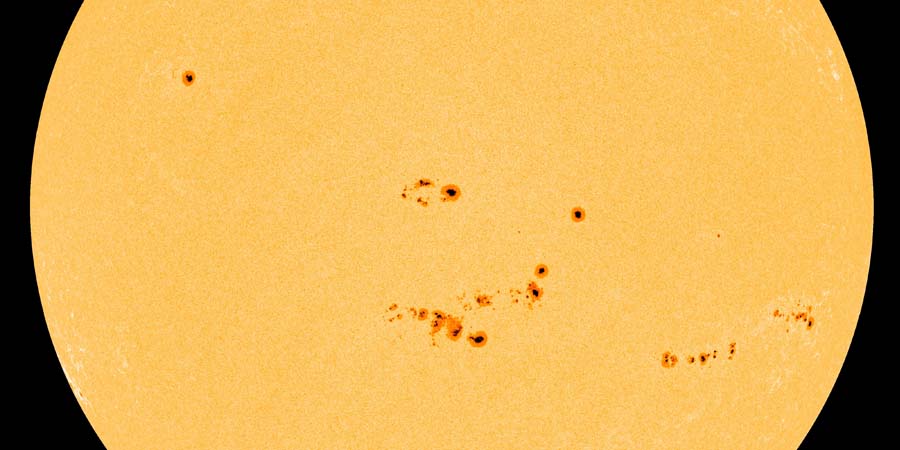
Good day everyone. We hope all of our visitors are enjoying their summer or of course their winter for the folks down under! We sure have been enjoying our summer break after what was a crazy month of May for the website during the period of the extreme G5 geomagnetic storm. Our apologies for the lack of updates despite the fairly active space weather but it is good to see many of our users activity using the app and enjoying the automated alerts to keep them informed. As a lot of you have noticed that your phone has been vibrating a lot due to high flaring activity on the Sun. As a matter of fact we have had at least one M or X-class solar flare every day ever since the 13th of July!
Sure, solar flares are all nice and dandy but not very useful if there aren't any earth-directed coronal mass ejections. Well, here we are just in time to drop some good news! There have been three confirmed earth-directed coronal mass ejections as far as we could see right now based on the available SOHO/LASCO coronagraph images.
The first coronal mass ejection that is expected to arrive at Earth is a full halo CME which launched around 2 UTC yesterday, 28 July. The second event with an earth-directed component comes from a long duration M-class event and is first visible on SOHO/LASCO around 15 UTC on July 28. Last up we have a faint partial halo coronal mass ejection from the X1.5 solar flare which peaked at 02:37 UTC today but it is rather unimpressive compared to the first two coronal mass ejections we mentioned so we do not expect this to become a noticeably impact in the wake of the two earlier mentioned CMEs.
All in all quite a challenge to analyze these events but the consensus is that the first two coronal mass ejections will likely arrive as one late tomorrow (30 July). Strong G3 geomagnetic storm conditions (Kp7) are expected which means with a bit of luck aurora might become visible from locations like England, northern Germany, the Netherlands and Belgium. In the USA, aurora might become visible from locations as far south as Salt Lake City in Utah or Richmond, VA. Charge those camera batteries, another great opportunity for middle latitude sky watchers!
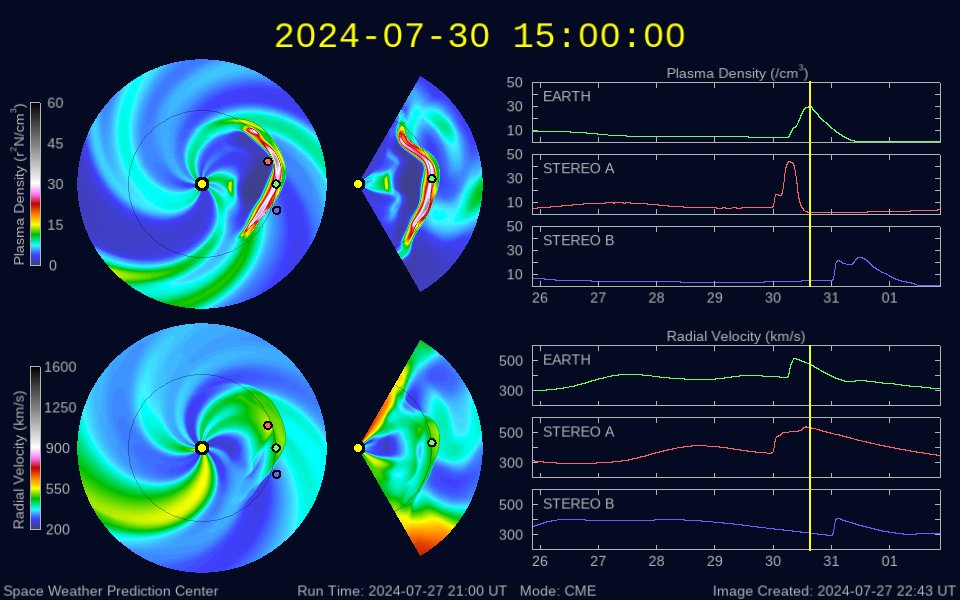
Thank you for reading this article! Did you have any trouble with the technical terms used in this article? Our help section is the place to be where you can find in-depth articles, a FAQ and a list with common abbreviations. Still puzzled? Just post on our forum where we will help you the best we can!
Najnowsze wiadomości
Najnowsze wiadomości z forum
Wesprzyj SpaceWeatherLive.com!
Wielu ludzi odwiedza SpaceWeatherLive aby śledzić aktywność słoneczną lub sprawdzić czy jest szansa na zaobserwowanie zorzy polarnej. Niestety, większy ruch na stronie oznacza większe koszty utrzymania serwera. Dlatego, jeśli jesteś zadowolony ze strony SpaceWeatherLive, zachęcamy do wspierania nas finansowo. Dzięki temu będziemy mogli utrzymać naszą stronę.

Fakty na temat pogody kosmicznej
| Ostatnie rozbłyski klasy X | 2024/09/14 | X4.54 |
| Ostatnie rozbłyski klasy M | 2024/09/14 | M3.0 |
| Ostatnia burza geomagnetyczna | 2024/09/17 | Kp8- (G4) |
| Dni bez plam słonecznych | |
|---|---|
| Ostatni dzień bez skazy | 2022/06/08 |
| Średnia miesięczna liczba plam słonecznych | |
|---|---|
| sierpnia 2024 | 215.5 +19 |
| września 2024 | 151.6 -63.9 |
| Ostatnie 30 dni | 159.7 -53.2 |
